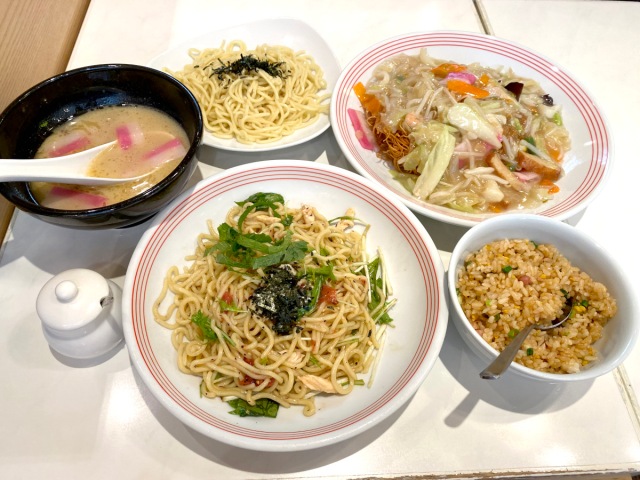
We thought we knew everything that was on the menu, but there was one dish that surprised us.
Ringer Hut is a Japanese fast-food chain that specializes in Nagasaki-style chanpon (sometimes spelled “champon”), a Chinese-influenced dish of mixed noodles, vegetables, and broth, as well as sara-udon, crispy noodles topped with seafood and vegetables.
▼ A typical order at Ringer Hut
Our Japanese-language reporter P.K. Sanjun has always appreciated how Ringer Hut sticks true to its values with a fairly standard menu of its most popular dishes. However, he couldn’t help wondering whether there was some kind of hidden gem that he was missing out on by always ordering the same things. He decided to test this theory by taking a similar cue from our team’s tendency to ask taxi drivers where the best places to eat local dishes are while traveling. This time, he would ask the restaurant staff what their typical go-to orders are for themselves and follow their advice.
Now, this could be a tricky strategy depending on what was recommended. However, at a place like Ringer Hut where there are really only variations on two staple dishes–both of which he likes–nothing would be a huge miss…right?? There was only one way to find out.
Shredded dried plums and chicken breast over chilled mixed noodles (790 yen [US$5.67])
You can’t go wrong with anything chilled at Ringer Hut, so this first dish recommended by the staff was sure to be a winner. The burst of plum flavor and springy noodles paired well together. This one was definitely a win in P.K.’s book.
Nagasaki sara-udon (730 yen)
Sara means “plate,” which pretty much sums up how this dish is served. One worker said that they order this dish even more than the famous chanpon and also douse it in a considerable amount of vinegar before eating. It also turned out to be a solid choice. P.K. enjoyed it with some karashi mustard.
Boiled chicken tsukemen (600 yen)
Tsukemen are chilled, Chinese-style noodles with a dipping broth/sauce. According to Ringer Hut’s website, this particular dish is only sold at select store locations in the Tokyo area. P.K. was trying to think if he had ever seen it before himself when staff mentioned that there’s no picture of it on the digital touchscreen for ordering, so many customers miss it.
For a flat fee, you can customize the amount of noodles from 200 to 400 grams (7.1-14.1 ounces) as well as adjust the proportion of broth. The staff also told him to add as much condiment paste from yuzu zest and chili peppers as he liked.
The noodles and the broth turned out to pair well with each other. It was quite salty as is usually the case with tsukemen, but the condiment paste added a lot of flavour. There were even kamaboko fish cakes in the broth and small strips of nori. All in all, he was impressed with Ringer Hut’s version of tsukemen.
Half-sized fried rice (290 yen)
Lastly, one worker said that they often order a small fried rice as part of a meal set with the boiled chicken tsukemen. This particular fried rice tasted relatively mild, so it was an excellent partner to the stronger-in-flavor tsukemen dish.
While he was musing over the delicious taste of everything, PK realized that it actually made sense for the workers to often eat something other than the two main types of meals that Ringer Hut is particularly well-known for. They’d have to get tired of chanpon and sara-udon after a while, after all.
As he was paying for his food at the end of the meal, the staff who gave their recommendations to him asked how everything was. He truthfully responded that it was all the best. With a renewed appreciation for Nagasaki cuisine, maybe it was time for him to actually pay the city a visit and sample some foods there.
Reference: Ringer Hut
All images © SoraNews24
● Want to hear about SoraNews24’s latest articles as soon as they’re published? Follow us on Facebook and Twitter!
[ Read in Japanese ]


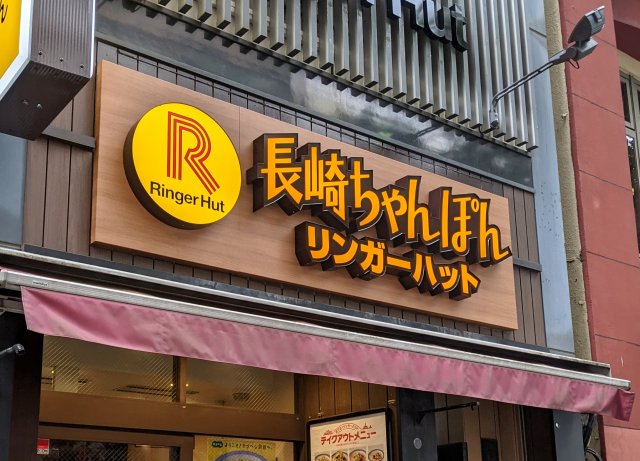
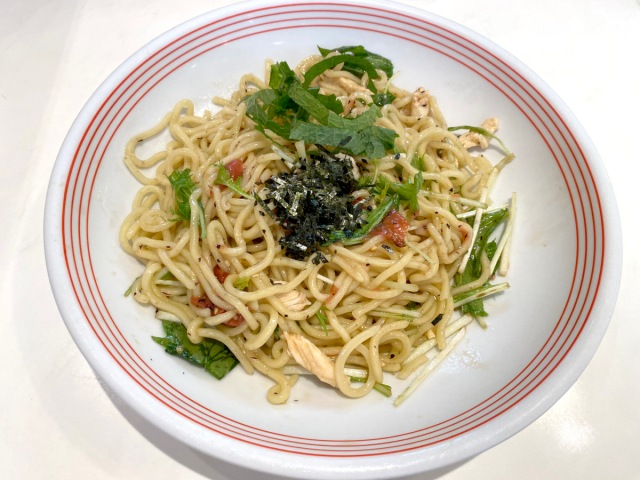
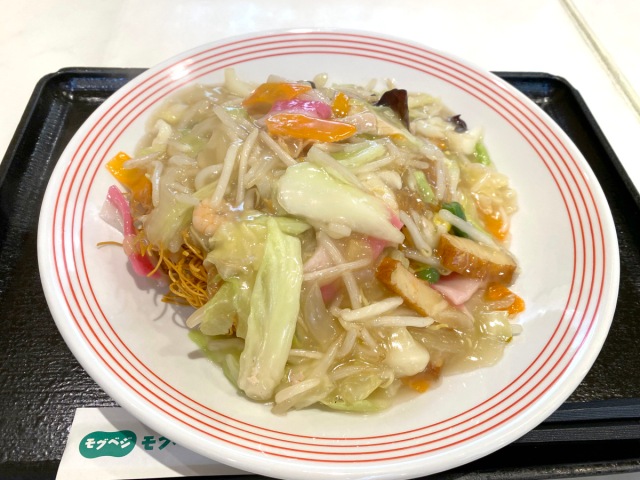
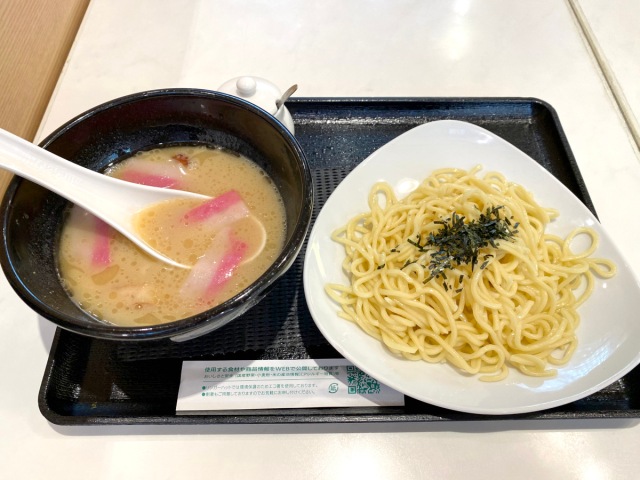

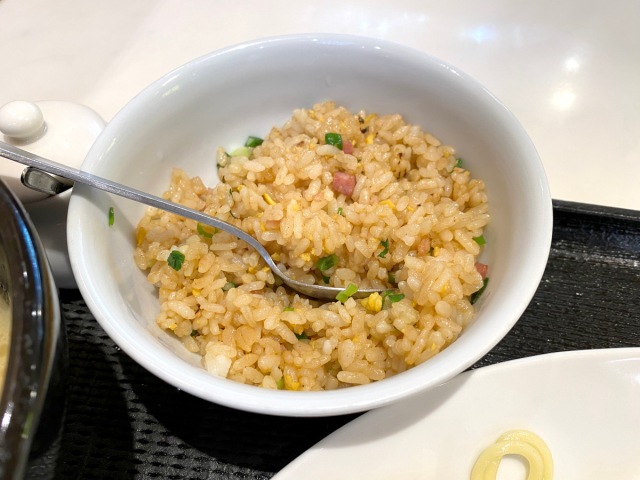
 Only one Ringer Hut noodle shop in Japan sells koppepan sandwiches, and we try them out
Only one Ringer Hut noodle shop in Japan sells koppepan sandwiches, and we try them out Japan’s craziest ramen? Famous noodle chain in Tokyo takes things to extreme levels
Japan’s craziest ramen? Famous noodle chain in Tokyo takes things to extreme levels Japanese restaurant serves extra wide noodles next to Tokyo Station
Japanese restaurant serves extra wide noodles next to Tokyo Station Pizza Hut releases a ramen pizza in Japan, and it took half a year to perfect
Pizza Hut releases a ramen pizza in Japan, and it took half a year to perfect We ate all eight kinds of cold noodles from 7-Eleven and here’s our favourites【Taste test】
We ate all eight kinds of cold noodles from 7-Eleven and here’s our favourites【Taste test】 Seaside scenery, history, and so many desserts on Yokohama’s Akai Kutsu【Japan Loop Buses】
Seaside scenery, history, and so many desserts on Yokohama’s Akai Kutsu【Japan Loop Buses】 Foreigner’s request for help in Tokyo makes us sad for the state of society
Foreigner’s request for help in Tokyo makes us sad for the state of society Japanese city loses residents’ personal data, which was on paper being transported on a windy day
Japanese city loses residents’ personal data, which was on paper being transported on a windy day Should you add tartar sauce to Japanese curry rice? CoCo Ichi makes diners an unusual offer
Should you add tartar sauce to Japanese curry rice? CoCo Ichi makes diners an unusual offer Red light district sushi restaurant in Tokyo shows us just how wrong we were about it
Red light district sushi restaurant in Tokyo shows us just how wrong we were about it Ghibli Park now selling “Grilled Frogs” from food cart in Valley of Witches
Ghibli Park now selling “Grilled Frogs” from food cart in Valley of Witches Japanese ramen restaurants under pressure from new yen banknotes
Japanese ramen restaurants under pressure from new yen banknotes Smash Bros. director Sakurai stabs Kirby in the face, has delicious justification for it
Smash Bros. director Sakurai stabs Kirby in the face, has delicious justification for it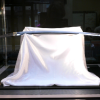 Amazing exhibition of Japan’s legendary “cursed katana” is going on right now【Photos】
Amazing exhibition of Japan’s legendary “cursed katana” is going on right now【Photos】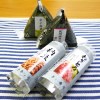 The madness ends now: How to conqueror impossible-to-open Japanese convenience store snacks
The madness ends now: How to conqueror impossible-to-open Japanese convenience store snacks McDonald’s new Happy Meals offer up cute and practical Sanrio lifestyle goods
McDonald’s new Happy Meals offer up cute and practical Sanrio lifestyle goods French Fries Bread in Tokyo’s Shibuya becomes a hit on social media
French Fries Bread in Tokyo’s Shibuya becomes a hit on social media Studio Ghibli releases new action figures featuring Nausicaä of the Valley of the Wind characters
Studio Ghibli releases new action figures featuring Nausicaä of the Valley of the Wind characters New private rooms on Tokaido Shinkansen change the way we travel from Tokyo to Kyoto
New private rooms on Tokaido Shinkansen change the way we travel from Tokyo to Kyoto Tokyo Tsukiji fish market site to be redeveloped with 50,000-seat stadium, hotel, shopping center
Tokyo Tsukiji fish market site to be redeveloped with 50,000-seat stadium, hotel, shopping center Beautiful Ghibli sealing wax kits let you create accessories and elegant letter decorations【Pics】
Beautiful Ghibli sealing wax kits let you create accessories and elegant letter decorations【Pics】 Studio Ghibli releases Kiki’s Delivery Service chocolate cake pouches in Japan
Studio Ghibli releases Kiki’s Delivery Service chocolate cake pouches in Japan New definition of “Japanese whiskey” goes into effect to prevent fakes from fooling overseas buyers
New definition of “Japanese whiskey” goes into effect to prevent fakes from fooling overseas buyers Our Japanese reporter visits Costco in the U.S., finds super American and very Japanese things
Our Japanese reporter visits Costco in the U.S., finds super American and very Japanese things All-you-can-drink Starbucks and amazing views part of Tokyo’s new 170 meter-high sky lounge
All-you-can-drink Starbucks and amazing views part of Tokyo’s new 170 meter-high sky lounge More foreign tourists than ever before in history visited Japan last month
More foreign tourists than ever before in history visited Japan last month New Pokémon cakes let you eat your way through Pikachu and all the Eevee evolutions
New Pokémon cakes let you eat your way through Pikachu and all the Eevee evolutions Disney princesses get official manga makeovers for Manga Princess Cafe opening in Tokyo
Disney princesses get official manga makeovers for Manga Princess Cafe opening in Tokyo Sales of Japan’s most convenient train ticket/shopping payment cards suspended indefinitely
Sales of Japan’s most convenient train ticket/shopping payment cards suspended indefinitely Sold-out Studio Ghibli desktop humidifiers are back so Totoro can help you through the dry season
Sold-out Studio Ghibli desktop humidifiers are back so Totoro can help you through the dry season Japanese government to make first change to romanization spelling rules since the 1950s
Japanese government to make first change to romanization spelling rules since the 1950s Ghibli founders Toshio Suzuki and Hayao Miyazaki contribute to Japanese whisky Totoro label design
Ghibli founders Toshio Suzuki and Hayao Miyazaki contribute to Japanese whisky Totoro label design Doraemon found buried at sea as scene from 1993 anime becomes real life【Photos】
Doraemon found buried at sea as scene from 1993 anime becomes real life【Photos】 Tokyo’s most famous Starbucks is closed
Tokyo’s most famous Starbucks is closed One Piece characters’ nationalities revealed, but fans have mixed opinions
One Piece characters’ nationalities revealed, but fans have mixed opinions We asked a Uniqlo employee what four things we should buy and their suggestions didn’t disappoint
We asked a Uniqlo employee what four things we should buy and their suggestions didn’t disappoint Princesses, fruits, and blacksmiths: Study reveals the 30 most unusual family names in Japan
Princesses, fruits, and blacksmiths: Study reveals the 30 most unusual family names in Japan What the heck is okame soba?
What the heck is okame soba? Japan’s first-ever wanko soba conveyor belt restaurant opens in Tokyo
Japan’s first-ever wanko soba conveyor belt restaurant opens in Tokyo Pizza Hut Japan creates Teritama Hut Melt teriyaki and egg pizza for cherry blossom season
Pizza Hut Japan creates Teritama Hut Melt teriyaki and egg pizza for cherry blossom season Sakura ramen brings a touch of hanami flower-viewing to popular Japanese noodle chain
Sakura ramen brings a touch of hanami flower-viewing to popular Japanese noodle chain We try Nissin’s newest world flavors-inspired cup noodle: Chili Con Carne【Taste Test】
We try Nissin’s newest world flavors-inspired cup noodle: Chili Con Carne【Taste Test】 Japanese stir-fried noodles a huge hit in Kenya
Japanese stir-fried noodles a huge hit in Kenya Tokyo ramen restaurant’s made-to-order noodles are only the beginning of its awesomeness
Tokyo ramen restaurant’s made-to-order noodles are only the beginning of its awesomeness Pizza Hut Japan’s Thick-style Ramen Pizza is here, but is it as delicious as it is weird?【Taste test】
Pizza Hut Japan’s Thick-style Ramen Pizza is here, but is it as delicious as it is weird?【Taste test】 Sriracha vending machines rising in Japan, our reporter tries it for first time (with Cup Noodle)
Sriracha vending machines rising in Japan, our reporter tries it for first time (with Cup Noodle) All-Noodle Artisan Marugame udon restaurant operating in Tokyo, only 30 percent pass test
All-Noodle Artisan Marugame udon restaurant operating in Tokyo, only 30 percent pass test Kakiage towers and Italian soba? We try out a unique soba restaurant in Tokyo
Kakiage towers and Italian soba? We try out a unique soba restaurant in Tokyo 6 things you should try at Sushiro right now, according to staff who work there
6 things you should try at Sushiro right now, according to staff who work there We try out Pizza Hut Taiwan’s Ramen Pizza, try to figure out its national identity
We try out Pizza Hut Taiwan’s Ramen Pizza, try to figure out its national identity Mint chocolate tapioca ramen appears in Tokyo: Too much to handle or too good to believe?
Mint chocolate tapioca ramen appears in Tokyo: Too much to handle or too good to believe? Secret staff cafeteria in Osaka is one of Japan’s best-kept secrets
Secret staff cafeteria in Osaka is one of Japan’s best-kept secrets Popcorn shrimp udon, as in noodles with popcorn and shrimp, now on the menu in Tokyo【Taste test】
Popcorn shrimp udon, as in noodles with popcorn and shrimp, now on the menu in Tokyo【Taste test】 Why hayashi rice should be your last meal before leaving Japan
Why hayashi rice should be your last meal before leaving Japan
Leave a Reply